Audi 2015 Annual Report Download - page 144
Download and view the complete annual report
Please find page 144 of the 2015 Audi annual report below. You can navigate through the pages in the report by either clicking on the pages listed below, or by using the keyword search tool below to find specific information within the annual report.-
 1
1 -
 2
2 -
 3
3 -
 4
4 -
 5
5 -
 6
6 -
 7
7 -
 8
8 -
 9
9 -
 10
10 -
 11
11 -
 12
12 -
 13
13 -
 14
14 -
 15
15 -
 16
16 -
 17
17 -
 18
18 -
 19
19 -
 20
20 -
 21
21 -
 22
22 -
 23
23 -
 24
24 -
 25
25 -
 26
26 -
 27
27 -
 28
28 -
 29
29 -
 30
30 -
 31
31 -
 32
32 -
 33
33 -
 34
34 -
 35
35 -
 36
36 -
 37
37 -
 38
38 -
 39
39 -
 40
40 -
 41
41 -
 42
42 -
 43
43 -
 44
44 -
 45
45 -
 46
46 -
 47
47 -
 48
48 -
 49
49 -
 50
50 -
 51
51 -
 52
52 -
 53
53 -
 54
54 -
 55
55 -
 56
56 -
 57
57 -
 58
58 -
 59
59 -
 60
60 -
 61
61 -
 62
62 -
 63
63 -
 64
64 -
 65
65 -
 66
66 -
 67
67 -
 68
68 -
 69
69 -
 70
70 -
 71
71 -
 72
72 -
 73
73 -
 74
74 -
 75
75 -
 76
76 -
 77
77 -
 78
78 -
 79
79 -
 80
80 -
 81
81 -
 82
82 -
 83
83 -
 84
84 -
 85
85 -
 86
86 -
 87
87 -
 88
88 -
 89
89 -
 90
90 -
 91
91 -
 92
92 -
 93
93 -
 94
94 -
 95
95 -
 96
96 -
 97
97 -
 98
98 -
 99
99 -
 100
100 -
 101
101 -
 102
102 -
 103
103 -
 104
104 -
 105
105 -
 106
106 -
 107
107 -
 108
108 -
 109
109 -
 110
110 -
 111
111 -
 112
112 -
 113
113 -
 114
114 -
 115
115 -
 116
116 -
 117
117 -
 118
118 -
 119
119 -
 120
120 -
 121
121 -
 122
122 -
 123
123 -
 124
124 -
 125
125 -
 126
126 -
 127
127 -
 128
128 -
 129
129 -
 130
130 -
 131
131 -
 132
132 -
 133
133 -
 134
134 -
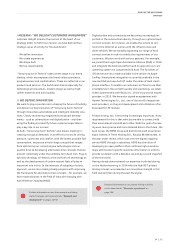 135
135 -
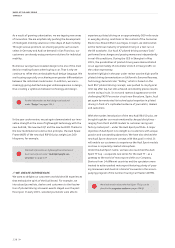 136
136 -
 137
137 -
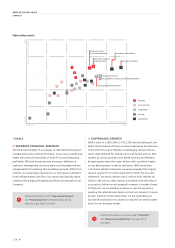 138
138 -
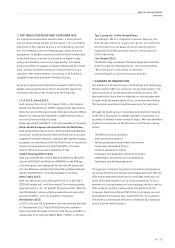 139
139 -
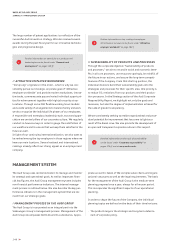 140
140 -
 141
141 -
 142
142 -
 143
143 -
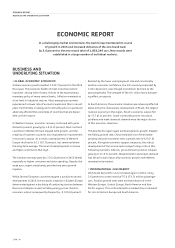 144
144 -
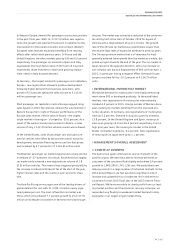 145
145 -
 146
146 -
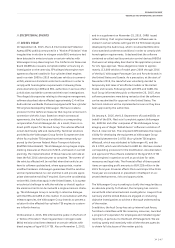 147
147 -
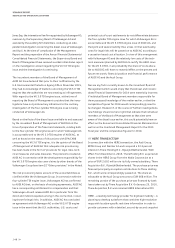 148
148 -
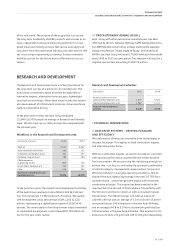 149
149 -
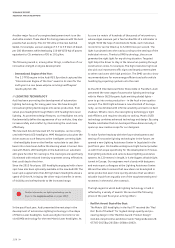 150
150 -
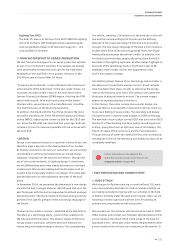 151
151 -
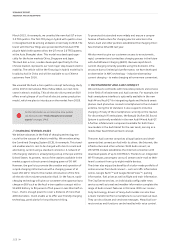 152
152 -
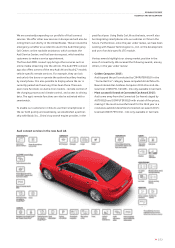 153
153 -
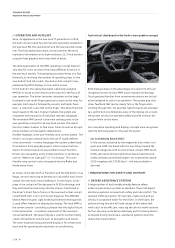 154
154 -
 155
155 -
 156
156 -
 157
157 -
 158
158 -
 159
159 -
 160
160 -
 161
161 -
 162
162 -
 163
163 -
 164
164 -
 165
165 -
 166
166 -
 167
167 -
 168
168 -
 169
169 -
 170
170 -
 171
171 -
 172
172 -
 173
173 -
 174
174 -
 175
175 -
 176
176 -
 177
177 -
 178
178 -
 179
179 -
 180
180 -
 181
181 -
 182
182 -
 183
183 -
 184
184 -
 185
185 -
 186
186 -
 187
187 -
 188
188 -
 189
189 -
 190
190 -
 191
191 -
 192
192 -
 193
193 -
 194
194 -
 195
195 -
 196
196 -
 197
197 -
 198
198 -
 199
199 -
 200
200 -
 201
201 -
 202
202 -
 203
203 -
 204
204 -
 205
205 -
 206
206 -
 207
207 -
 208
208 -
 209
209 -
 210
210 -
 211
211 -
 212
212 -
 213
213 -
 214
214 -
 215
215 -
 216
216 -
 217
217 -
 218
218 -
 219
219 -
 220
220 -
 221
221 -
 222
222 -
 223
223 -
 224
224 -
 225
225 -
 226
226 -
 227
227 -
 228
228 -
 229
229 -
 230
230 -
 231
231 -
 232
232 -
 233
233 -
 234
234 -
 235
235 -
 236
236 -
 237
237 -
 238
238 -
 239
239 -
 240
240 -
 241
241 -
 242
242 -
 243
243 -
 244
244 -
 245
245 -
 246
246 -
 247
247 -
 248
248 -
 249
249 -
 250
250 -
 251
251 -
 252
252 -
 253
253 -
 254
254 -
 255
255 -
 256
256 -
 257
257 -
 258
258 -
 259
259 -
 260
260 -
 261
261 -
 262
262 -
 263
263 -
 264
264 -
 265
265 -
 266
266 -
 267
267 -
 268
268 -
 269
269 -
 270
270 -
 271
271 -
 272
272 -
 273
273 -
 274
274 -
 275
275 -
 276
276 -
 277
277 -
 278
278 -
 279
279 -
 280
280 -
 281
281 -
 282
282 -
 283
283 -
 284
284 -
 285
285 -
 286
286 -
 287
287 -
 288
288 -
 289
289 -
 290
290 -
 291
291 -
 292
292 -
 293
293 -
 294
294 -
 295
295 -
 296
296 -
 297
297 -
 298
298 -
 299
299 -
 300
300
 |
 |

ECONOMIC REPORT
BUSINESS AND UNDERLYING SITUATION
144 >>
BUSINESS AND
UNDERLYING SITUATION
/GLOBAL ECONOMIC SITUATION
Global economic growth reached 2.5 (2.7) percent in the 2015
fiscal year. The economic health of most industrial nations
improved, among other factors, thanks to the expansionary
monetary policy of many central banks. Inflation remained at
a low level in industrial nations. Most emerging economies
experienced a slower rate of economic expansion than in recent
years. Further falls in energy and commodity prices in particular
adversely affected the economies of countries that are depen-
dent on their export.
In Western Europe, economic recovery continued with gross
domestic product growing by 1.6 (1.3) percent. Most northern
countries in Western Europe enjoyed solid growth, and the
majority of southern countries also registered an improvement
in economic output. As a result, unemployment in Western
Europe declined to 10.1 (10.7) percent, but remained above
the long-term average. The level of unemployment in Greece
and Spain is still twice that high.
The German economy grew by 1.5 (1.6) percent in 2015 thanks
especially to higher consumer and state spending. Despite the
weak euro, export trade barely provided any extra growth
impetus.
While Central European countries enjoyed a positive economic
development in 2015, the economic situation in Eastern Europe
deteriorated against a backdrop of continuing tension between
Russia and Ukraine as well as falling energy prices. Russia’s
economic output consequently dropped by –3.9 (0.6) percent.
Boosted by the lower unemployment rate and consistently
positive consumer confidence, the U.S. economy expanded by
2.4 (2.4) percent, even though momentum declined as the
year progressed. The strength of the U.S. dollar had a dampen-
ing effect on exports.
In South America, the economic situation was adversely affected
above all by the recessionary development of Brazil, the largest
national economy in the region. Brazil’s economic output fell
by –3.7 (0.1) percent. Lower commodity prices, structural
problems and weak domestic demand were the major drivers
of this economic downturn.
The Asia-Pacific region again achieved dynamic growth. Despite
the falling growth rate, China remained one of the fastest-
growing national economies with a growth rate of 6.9 (7.3)
percent. Alongside economic support measures, the robust
development of the service sector played a major role in this.
Following economic reforms, gross domestic product in Japan
grew by 0.7 (–0.1) percent. Weak domestic and export demand
was the principal reason why economic growth nevertheless
remained only modest.
/INTERNATIONAL CAR MARKET
Worldwide demand for cars increased again in 2015, rising
2.6 percent to a new record of 75.6 (73.7) million passenger
cars. Positive growth rates were achieved above all in the
Western Europe, Central Europe, North America and Asia-
Pacific regions. This contrasted with a marked drop in demand
for cars in Eastern Europe and South America.
ECONOMIC REPORT
In a challenging market environment, the Audi Group maintained its course
of growth in 2015 and increased deliveries of the core brand Audi
by 3.6 percent to the new record total of 1,803,246 cars. New records were
established in a large number of individual markets.
